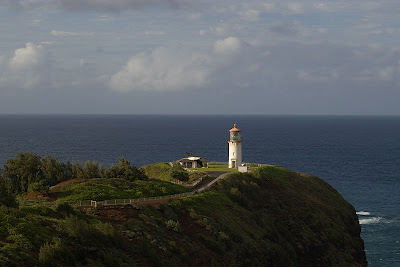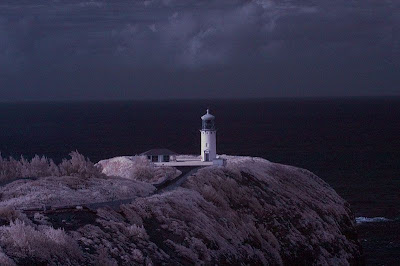 Originally posted by Snydly
Originally posted by Snydly 
...
When would you use a linear vs a circular?
I think all mine are linear. Some AF systems don't work with them. Pentax is supposed to be OK. Obviously circular costs more.
 Quote:
Quote: Also, IR lens filters. I just have an 850, and have tried some high iso shots, and some long exposures. Is there any magic to these, or do you just expose to get a b&w type image?
Color doesn't really mean anything in the IR world. The image on the preview screen will be mostly red and black. I use a Hoya R72 (720nm) so it's a little different than yours. I shoot RAW so I can alter the white balance easier and get more bits to work with in processing. I try to use foliage to set a custom white balance.
Exposures are tricky because most of the data is in the red channel, which you have to be careful not to overexpose. The other channels may have so little data that you'll see tons of noise if you try to bring those levels up. Bracket exposures if you can.
Framing and focus are also tricky. Framing can be done with the filter off. Some lenses have a mark indicating how much IR focusing is off. Sometimes you have to bracket these too, or use a small aperture for lots of depth of field, so exact focus isn't critical.
Some example photos. The first is the scene without a filter.

If you screw on the Hoya R72 and forget the custom white balance trick, this is what you'll see on the preview screen:

With some processing of the best image, I got this:

If you convert to black and white, noise is much less of an issue, and you don't have to make up the colors. So processing is easier. I keep trying to do the false color style but not well.


 Similar Threads
Similar Threads 
























